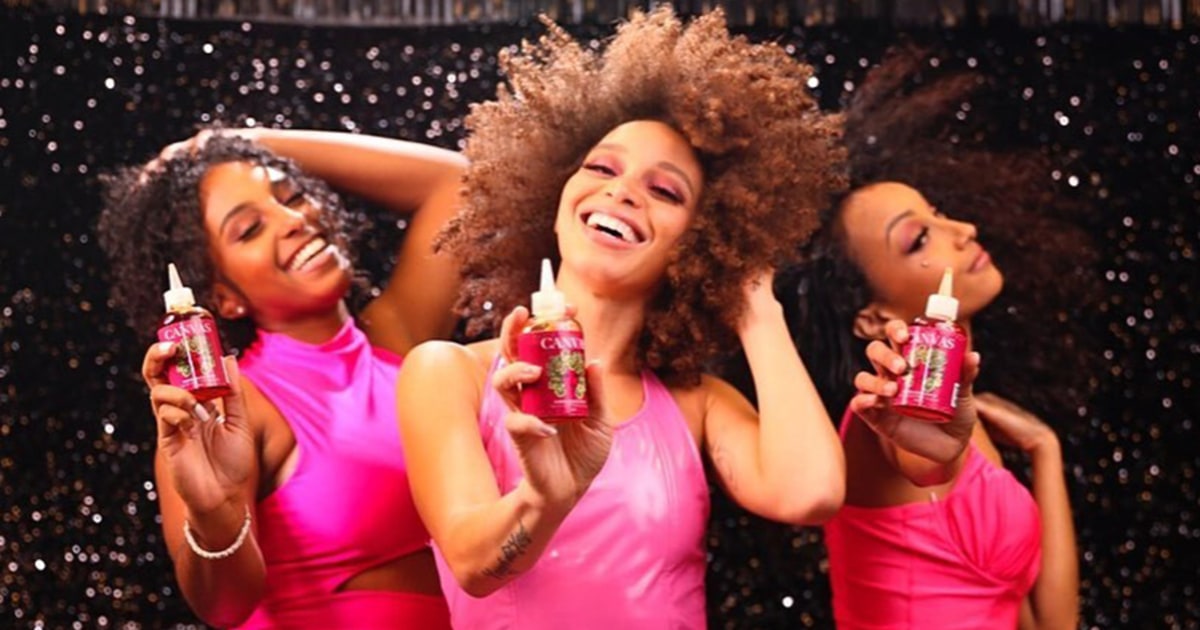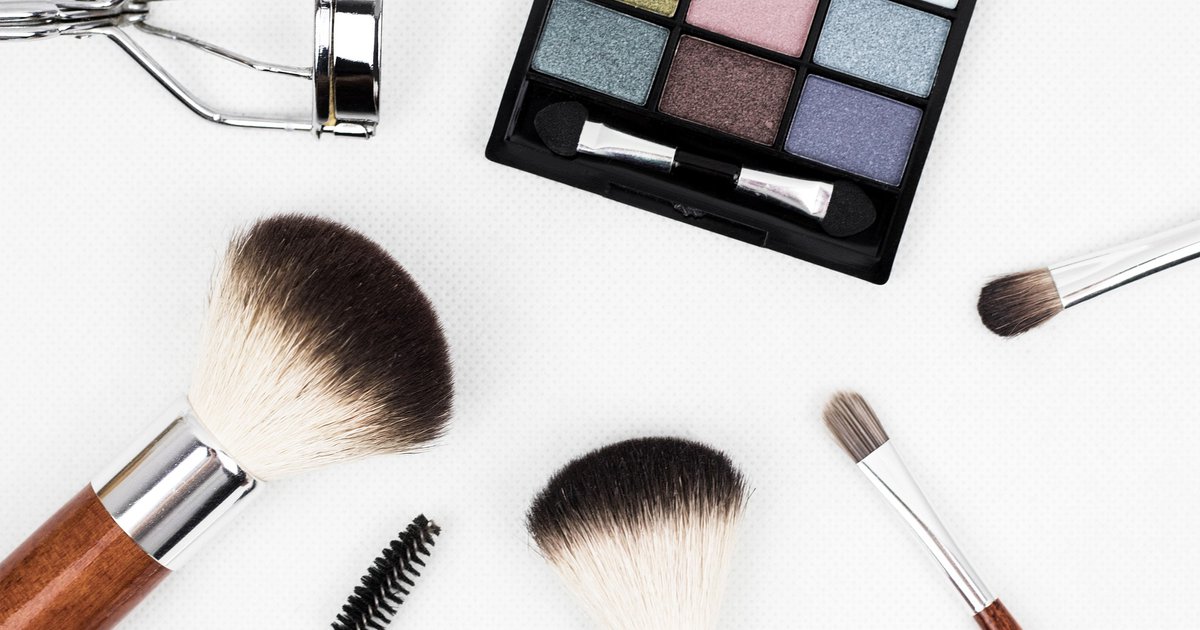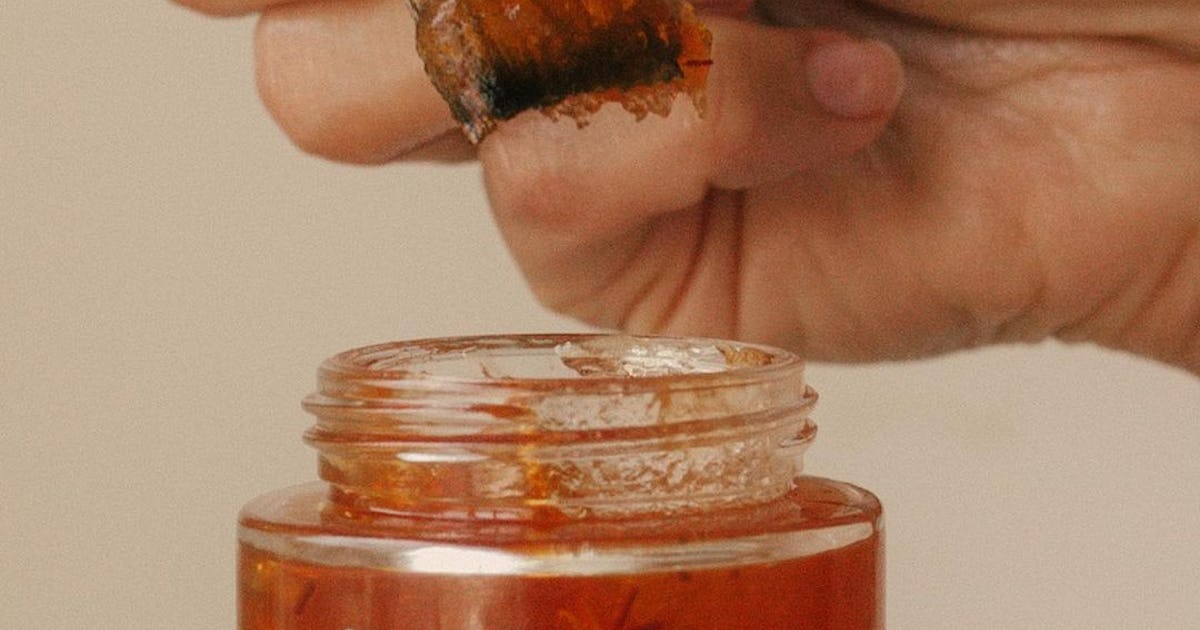Just before the 2010s, streaming services like Spotify, Apple Music and Pandora picked up where Napster rose and fell in the late ’90s, driving the music industry toward a singles-driven market. Beyoncé’s 4 album showed she was clearly not having it. In her 2013 HBO documentary, Life Is But A Dream, she targeted the then-burgeoning trend.
“It’s a tough time for the music industry. I’m an artist that tours, I’m an artist that makes albums,” she explained in an exasperated tone. “People don’t make albums anymore, they just try to sell a bunch of quick singles and they burn out and they put out a new one. People don’t even listen to a body of work anymore.”
Before hip-hop dominated streaming in 2017, EDM and pop wore listeners out on sticky dance floors. Everyone wanted a piece of the mainstream radio pie, with songs like Usher’s “OMG,” Lady Gaga’s “Poker Face,” Rihanna’s “Only Girl (In The World),” Jay-Z’s and Alicia Keys’ “Empire State of Mind,” and the Black Eyed Peas’ “Boom Boom Pow” ruling Billboard‘s Top 40 chart before and during the new decade.
But rewind just a few years before the release of Beyoncé’s 4, a time when she, too, was caught up in the same sonic whirlwind she seemingly resented. In 2008, Queen Bey was at the height of her career thanks to her mammoth third solo album I Am…Sasha Fierce.
She scored five GRAMMY wins at the 52nd GRAMMY Awards in 2010, including Song Of The Year for “Single Ladies (Put A Ring On It)”), becoming the first woman artist to win six GRAMMYs in one night. “Single Ladies (Put A Ring On It),” “Halo,” “If I Were A Boy,” and “Sweet Dreams” were inescapable Top 10 singles. Beyoncé later doubled down on her mainstream presence by collaborating twice with Lady Gaga: “Video Phone” off Sasha Fierce and “Telephone” off Gaga’s The Fame Monster. Bey’s growing trendiness led to I Am… World Tour, her biggest and highest-grossing international trek at the time.
“After the last tour I was a bit overwhelmed and overworked,” she explained in her 2011 Year of 4 documentary. “My mother was the person that preached to me and almost harassed me every day after I was doing the last world tour: ‘You really need to live your life and open your eyes. You don’t want to wake up with no memories and never really being able to see the world.'”
After the tour, Beyoncé announced a year-long hiatus to catch up on sleep and rethink her life’s purpose. Her worldwide exploration of places like the Great Wall of China, the Egyptian pyramids and the Red Sea gave her insight, grounded her as a human, and eventually inspired 4, whose special title signifies the date of her marriage to Jay-Z, both their birthdays and her mother’s birthday.
https://www.youtube.com/watch?v=/Ob7vObnFUJc
Released in June 2011, 4 is a 12-track refocus of Beyoncé’s artistry on which she disregarded making music solely for mainstream appeal. The album’s heightened maturity is reflective of three life changes. Two months prior to the album’s release, the artist mutually severed management ties with her father Mathew Knowles, who’d guided her career even before the birth of Destiny’s Child in the ’90s. Around that time, according to Jay-Z, she became pregnant with Blue Ivy Carter during a Paris trip for the album’s cover shoot. And along with being a new mother, she would soon enter her 30s.
Needless to say, Beyoncé was already “Drunk In Love” before the ubiquitous 2013 hit won two GRAMMYs three years later. And what better way to celebrate romance than with R&B? But instead of modernizing the sound as she did on previous albums, the artist opted to highlight the genre’s traditional roots.
4 is more stripped-down compared to the gloss of I Am…Sasha Fierce, the liveliness of B’Day, and the contemporary radio-friendliness of Dangerously in Love. Instead, 4 is an ode to the classics. “Love On Top” resurrects the vibrancy of ’80s R&B, a time when all-stars like the Jackson 5 and Whitney Houston upheld the heart of Motown’s past. The song’s retro appeal continues in its music video, with Beyoncé going full New Edition via boy band choreography.
Read: Inside The Visual World Of Beyoncé And Black Is King, Her “Love Letter” To Black Men
Nostalgia proved to be a winning formula: “Love On Top” won the GRAMMY for Best Traditional R&B Performance at the 55th GRAMMY Awards in 2013. The album then heads to ’60s Philadelphia soul on “Rather Die Young,” where Beyoncé uses the melodrama she picked up from her film roles in Dreamgirls and Cadillac Records to fuel the impassioned vocals and lyrics: “You’re my James Dean / You make me feel like I’m 17,” she whispers in the first chorus.
“Run The World (Girls),” the lead single off 4, was a total red herring. The female empowerment anthem, which samples Major Lazer’s “Pon De Floor,” doesn’t indicate the album’s time travel. (Diplo later pops in to co-produce “End of Time,” a wildly addictive tribute to Nigerian Afrobeat pioneer, Fela Kuti).
https://www.youtube.com/watch?v=/VBmMU_iwe6U
The unapologetic mushiness of 4 is balanced by uptempos that remind you just why Beyoncé is a superstar. “Best Thing I Never Had,” an unofficial sequel to the singer’s 2006 GRAMMY-nominated anthem “Irreplaceable,” finds her classily kicking a no-good man to the curb while trading Ne-Yo’s pen for Babyface. The effervescent “Countdown” is wholly dedicated to her longtime boo, Jay-Z. Sampling Boyz II Men’s 1991 hit “Uhh Ahh,” the brass-heavy single shows off her signature rap-singing style first debuted with Destiny’s Child: “Still love the way he talk, still love the way I sing / Still love the way he rock them black diamonds in that chain.”
The ’90s pop up on “Party,” the laid-back groove dripping in “swagu” thanks to Kanye West’s co-writing and co-producing credits. The album’s version features Outkast’s too-smooth André 3000, while the video features a then-rising J. Cole. 4 then heads back to the ’80s for the bonus track “Schoolin’ Life.” Here, Beyoncé channels Prince as her playful vocals weave between an irresistibly funkified melody.
What makes 4 special is Beyoncé’s vocal growth. There’s the grit of “I Care,” whose rawness cuts deep—”You see these tears falling down to my ears / I swear, you like when I’m in pain”—as she scats alongside the electric guitar solo; the infectious opening run on “Countdown”; the tenderness of “I Miss You,” influenced by co-writer Frank Ocean; the emotionally unguarded “1+1,” which riffs off Sam Cooke’s 1960 classic “Wonderful World”; and the jaw-dropping four-key change on “Love on Top.”
“Strong enough to bear the children / Then get back to business,” Beyoncé affirms on “Run The World (Girls).” It’s the motto of the 4 era: The album is the artist’s lowest-selling LP to date, but just as she reassures in Life Is But A Dream, that was never the point. She helped revitalize the album’s art form while proving that women can balance their careers and motherhood, all while taking major risks. After parting ways with her father, Beyoncé founded Parkwood Entertainment, a Columbia Records imprint and management company, which helped bring 4 to life.
https://www.youtube.com/watch?v=/XWCwc1_sYMY
Of course, this is Beyoncé, so the accolades were still impressive: The platinum-selling 4 continued her hot streak of debuting atop the Billboard 200 chart. And along with “Love On Top” winning a GRAMMY, album single “Party” earned a GRAMMY nomination for Best Rap/Sung Collaboration at the 54th GRAMMY Awards in 2012.
The album’s vulnerability led to the world-stopping, industry-shifting surprise drop of Beyoncé in 2013 and the gripping Lemonade in 2016, both revealing more layers of heartache, overt sexuality, postpartum depression, socio-political injustices, feminism, trauma, infidelity, and forgiveness.
That continued intimacy worked in her favor tenfold: At the 2021 GRAMMY Awards show, Beyoncé made GRAMMY history when she became the performing artist with the most career GRAMMY wins with a total of 28, as well as the most nominated woman artist, counting 79 GRAMMY nominations overall. It all goes back to taking a chance on herself with 4, which further shaped a legacy that now matches the same legends she honored on this very album.
“There is room on this Earth for many queens. I have an authentic, God-given talent, drive and longevity that will always separate me from everyone else,” she told Complex in 2011. “I’ve been fortunate to accomplish things that the younger generation of queens dream of accomplishing. I have no desire for anyone else’s throne. I am very comfortable in the throne I’ve been building for the past 15 years.”
Black Sounds Beautiful: How Beyoncé Has Empowered The Black Community Across Her Music And Art



















/https://specials-images.forbesimg.com/imageserve/604ad3acf728cc29468fec2e/0x0.jpg?cropX1=0&cropX2=846&cropY1=47&cropY2=523)
![See Inside the Amazing Homes of State Music’s Queens [Pics]](https://townsquare.media/site/204/files/2020/08/tim-mcgraw-faith-hill-mansion-california-pictures.jpg?w=1200&h=0&zc=1&s=0&a=t&q=89)









